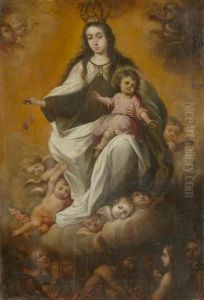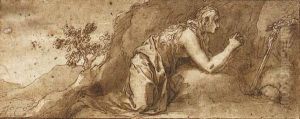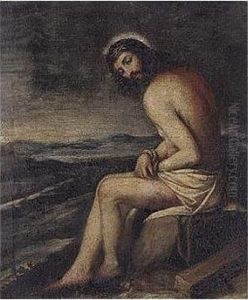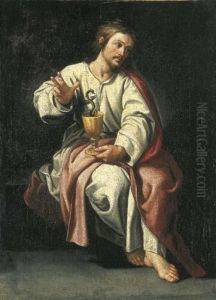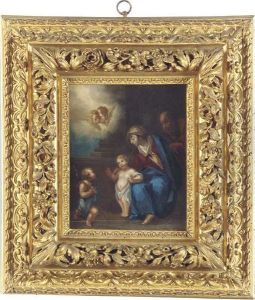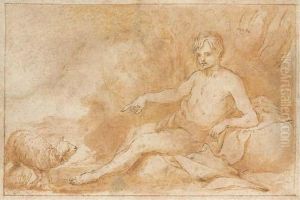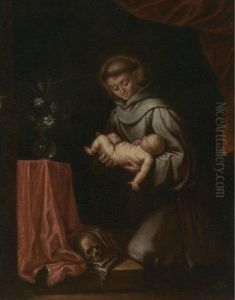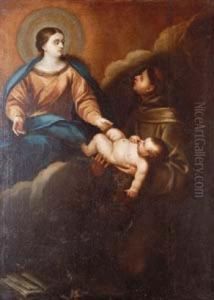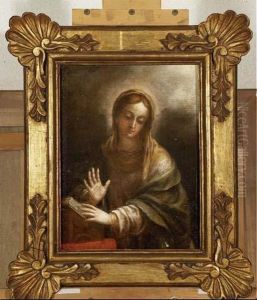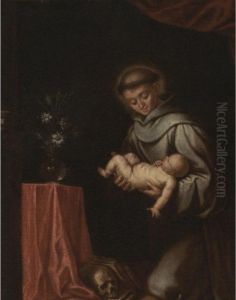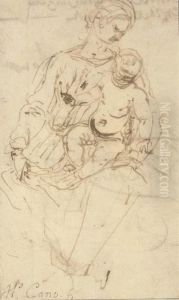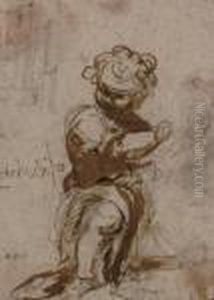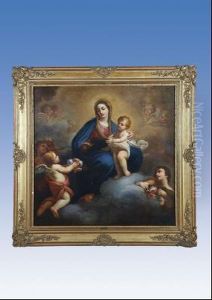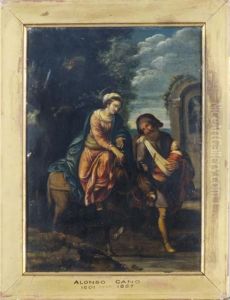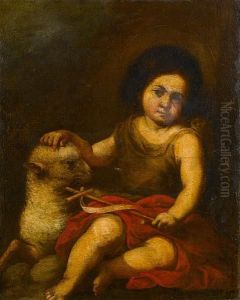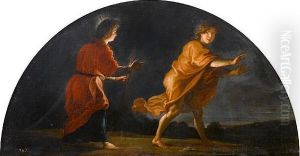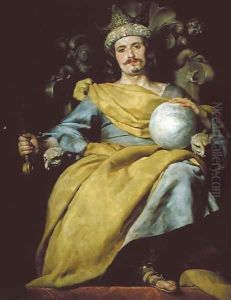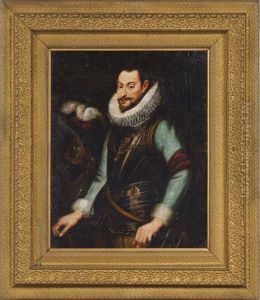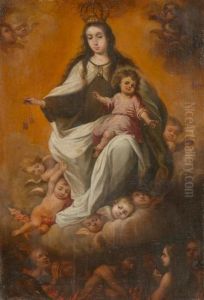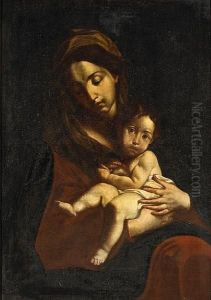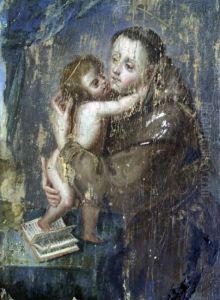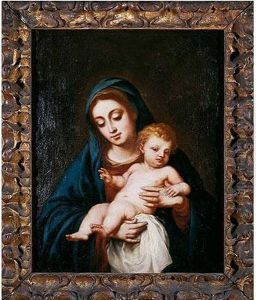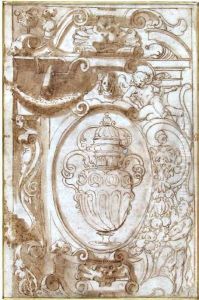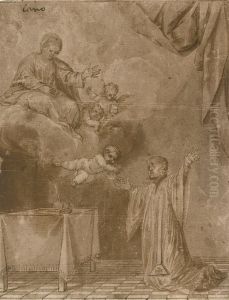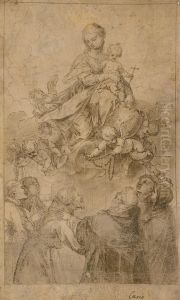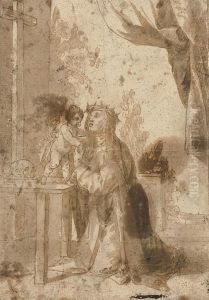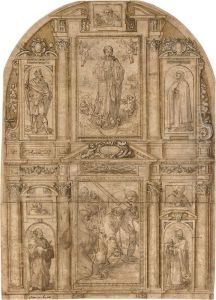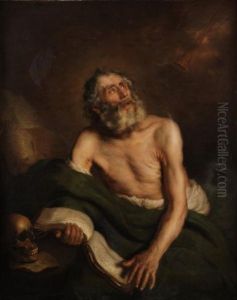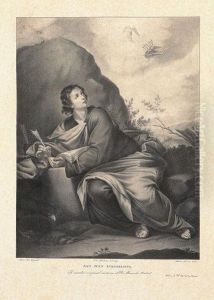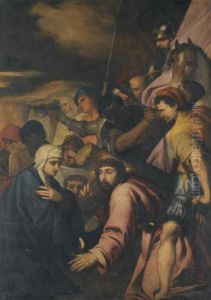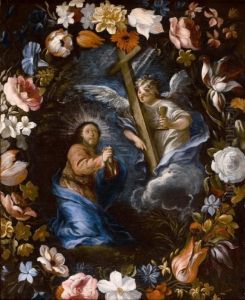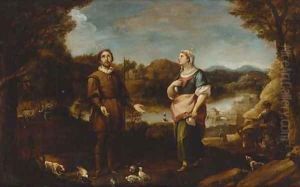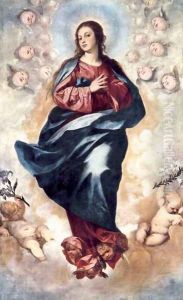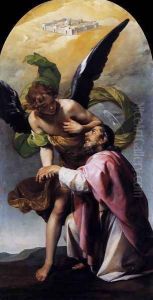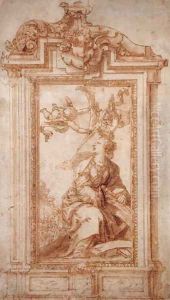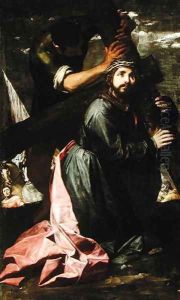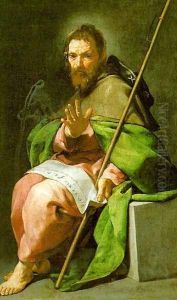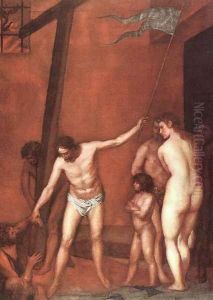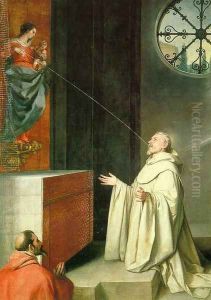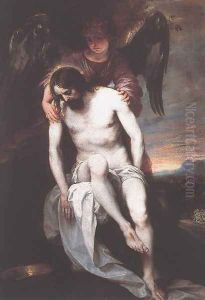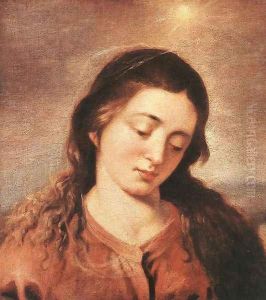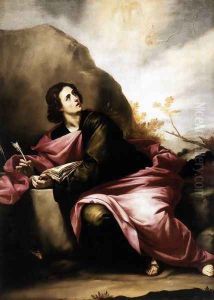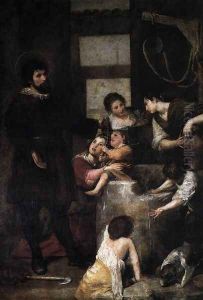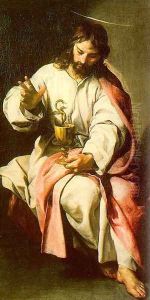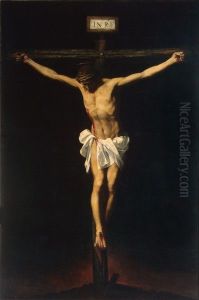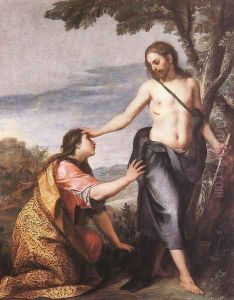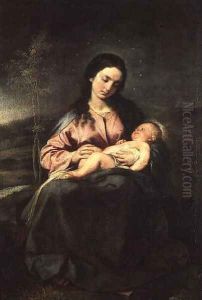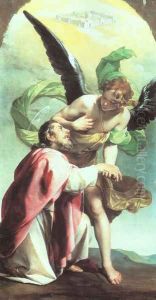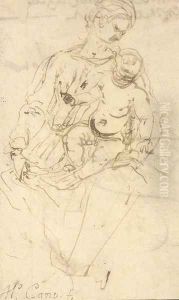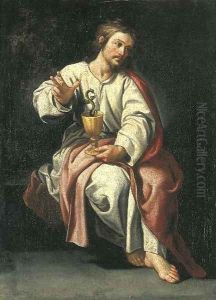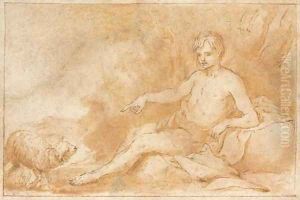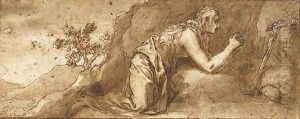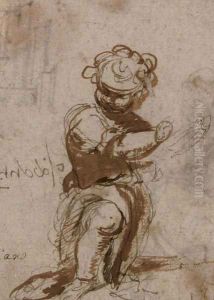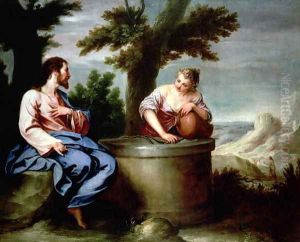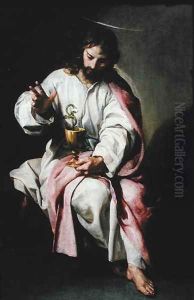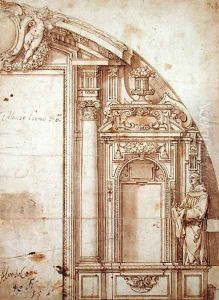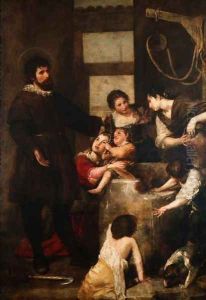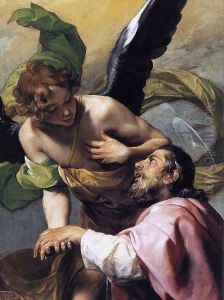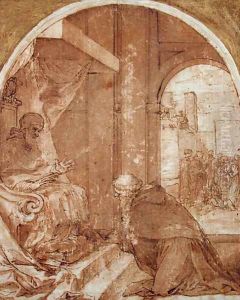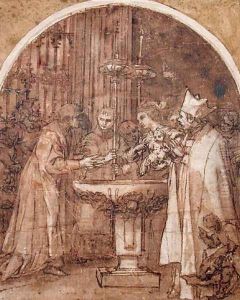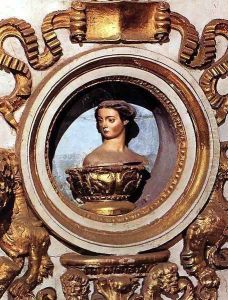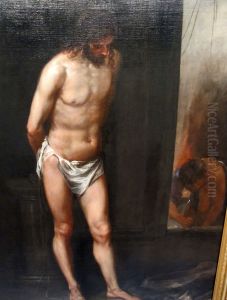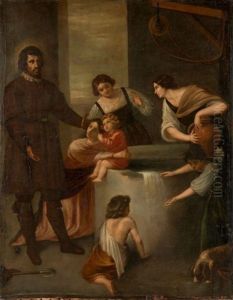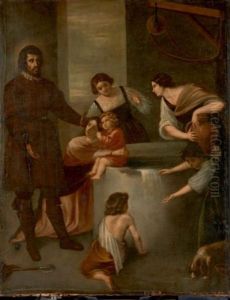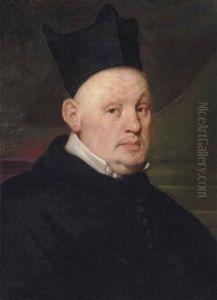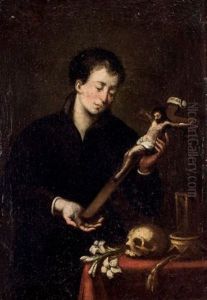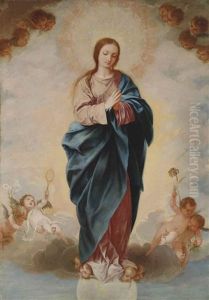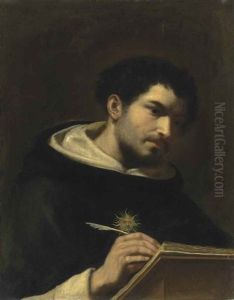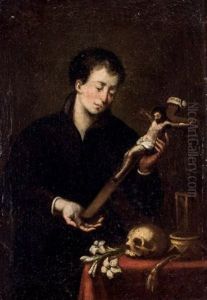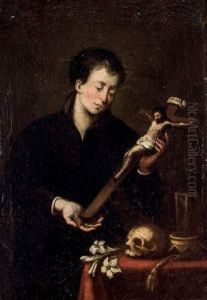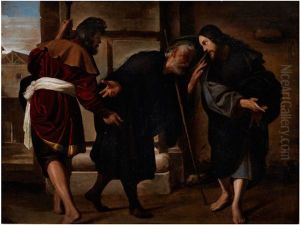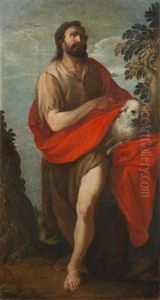Alonso Cano Paintings
Alonso Cano was a Spanish painter, architect, and sculptor born on March 19, 1601, in Granada, Spain. He is often referred to as the 'Michelangelo of Spain' due to his multifaceted skills and significant contributions to Spanish art during the Baroque period. Cano was the son of Miguel Cano, an architect and sculptor, which provided him with an early exposure to the world of art and craftsmanship.
Cano began his artistic education in Granada, but his talent led him to move to Seville, where he studied under Francisco Pacheco, an esteemed painter and teacher whose students included famous artists like Diego Velázquez. It was here that Cano honed his skills in painting, developing a style characterized by soft modeling, a rich palette, and religious themes, which were prevalent in Spanish Baroque art.
Subsequently, Cano moved to Madrid, where he continued to work and develop his artistic style. He was appointed as a court painter and sculptor to King Philip IV of Spain, which allowed him to work on numerous commissions for the royal court and the church. His work during this period was marked by a harmonious blend of architecture, painting, and sculpture.
One of Cano's most notable achievements was his work at the Cathedral of Granada. He was appointed as the master architect in 1652, and he contributed to the design of the main façade and the tabernacle. His sculptures and paintings also adorn various chapels within the cathedral, showcasing his ability to integrate different arts into a unified spiritual experience.
Cano's personal life was tumultuous, marked by tragedy and controversy. He was accused of killing his wife, following which he sought refuge in the church, and was ultimately absolved by the ecclesiastical court. However, this event had a profound impact on his life and career, and he later took holy orders.
Alonso Cano's art was deeply influenced by his religious beliefs, and he often depicted scenes from the life of Christ, the Virgin Mary, and the saints. His work is characterized by emotional expressiveness, refined technique, and a dramatic use of light and shadow, traits that align him with the Baroque sensibilities of his time.
Cano's legacy is significant in the history of Spanish art. He is remembered for his versatility and his ability to imbue his works with a deep spiritual quality. Alonso Cano passed away on September 3, 1667, in Granada, leaving behind a body of work that continues to be revered for its beauty and devotion.
